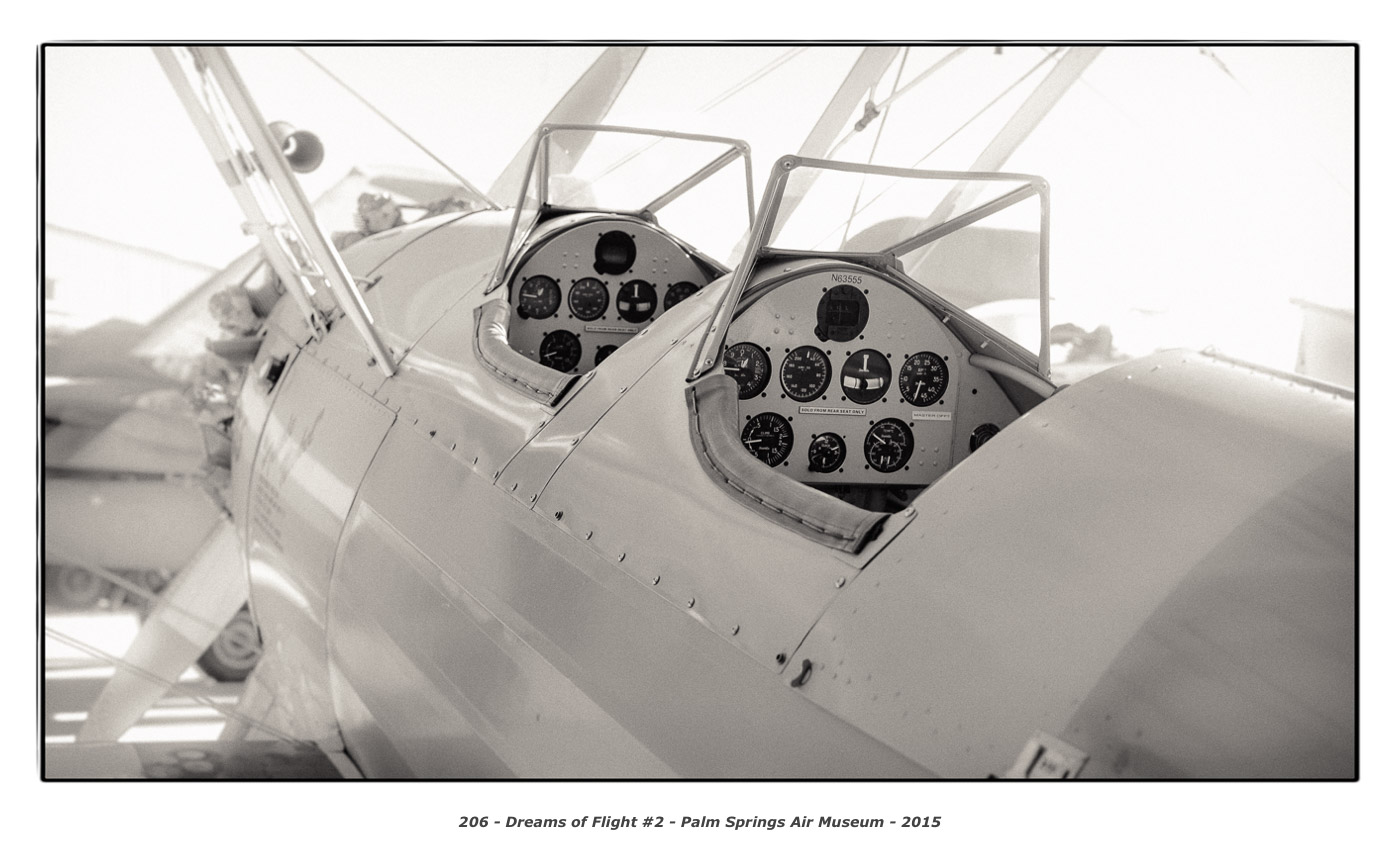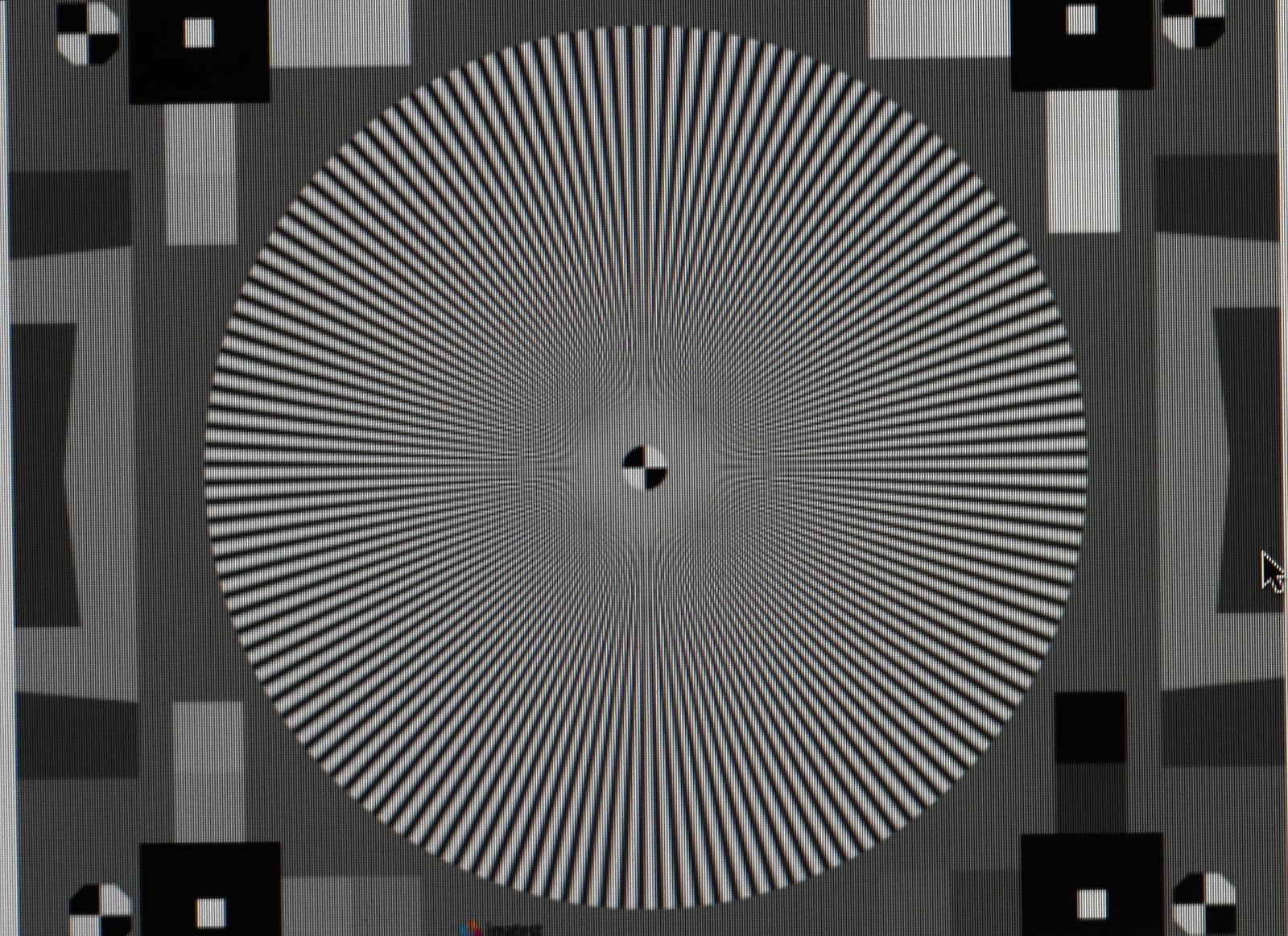Robert Campbell
Well-known member
I guess there are two components to camera shake; firstly, just holding it up to the eye, and secondly the action of the mirror and the shutter. The latter might well be damped by a heavier camera and Mr Newton's law. Earlier Leicas had a horizontal shutter, thus a movement at right-angles to the movement for lifting and steadying. Now, they have vertical shutters – I don't know if they are any lighter.I'm certain that a heavier camera body damps the effect of the shutter, and I do believe that it reduces camera shake as more energy is required to move it (more mass=more inertia
I was thinking more of the first problem. Lifting a camera to eye level and keeping it there needs two 'sets' of muscles working together; those moving upwards and those moving downwards. When lifting upwards the 'downers' have to 'pay out rope' to permit movement; the uppers and the downers work in a continuous state of dynamic tension. And when the camera is held at eye level, this dynamic activity continues, even if we aren't aware of it. I'm suggesting that the greater the weight/mass of the camera, the greater the effort, and the greater the tension between the two muscle groups. We can sometimes be aware of this when trying to lift something really heavy.
Mind you, I've never seen if this has been tested; I imagine a heavy camera and a light one of the same size. It's easy to measure any movement (when trying to hold them steady) with lasers – similar to charting eye movements when looking at a picture.
Camera shake has always been a problem for me, and it's not getting any better.
Anyone know if camera shake has been empirically tested?


